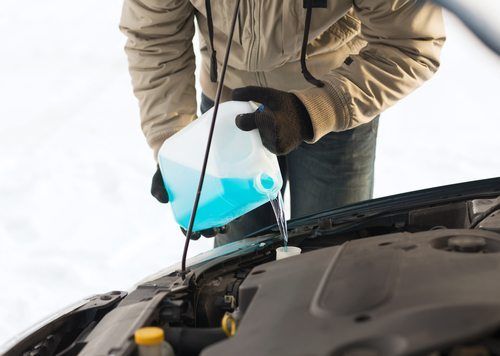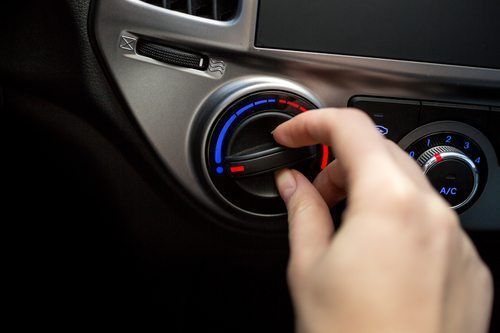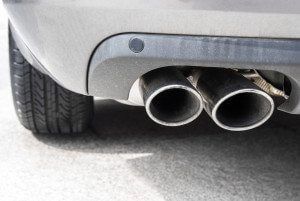Our Blog
Discover premium brake repair services at Seeburg Service Center in Fayetteville & Rogers, AR. Ensuring safety with expert care. Schedule your appointment now!
Discover expert diagnostics at Seeburg Service Center in Fayetteville & Rogers, AR. Our skilled team ensures accurate repairs. Schedule an online appointment now!

Don’t you love it when a product’s name tells you exactly what it does? Antifreeze, also known as coolant, is one such product. This brightly colored solution lowers a liquid’s freezing point, which is why we add it to our vehicles’ radiators. A mixture of chemicals and water, antifreeze helps ensure that the liquid in your engine doesn’t freeze in winter or overheat in summer. Learn how antifreeze works and why maintaining proper levels is key to engine health.

In 1969, only 54% of domestic automobiles included air conditioning, and those of you who were around in the pre-AC days can attest to the sticky, sweltering discomfort of driving on a hot summer day. These days, many people can’t imagine the misery of a long road trip in the summer without air conditioning. Although we often take it for granted today, your vehicle’s A/C system plays a vital role in comfort and safety—learn how it works and why regular service is essential.

“What is the purpose of an exhaust emission system?” We know as well as you do that there is a lot that goes into keeping a car running safely and effectively, and, unless you’re a mechanic, it can be difficult to understand it all! So if you’ve wondered just what an exhaust system is and how it helps your vehicle run cleaner and more efficiently, this quick guide breaks down its purpose, components, and why maintenance matters.



